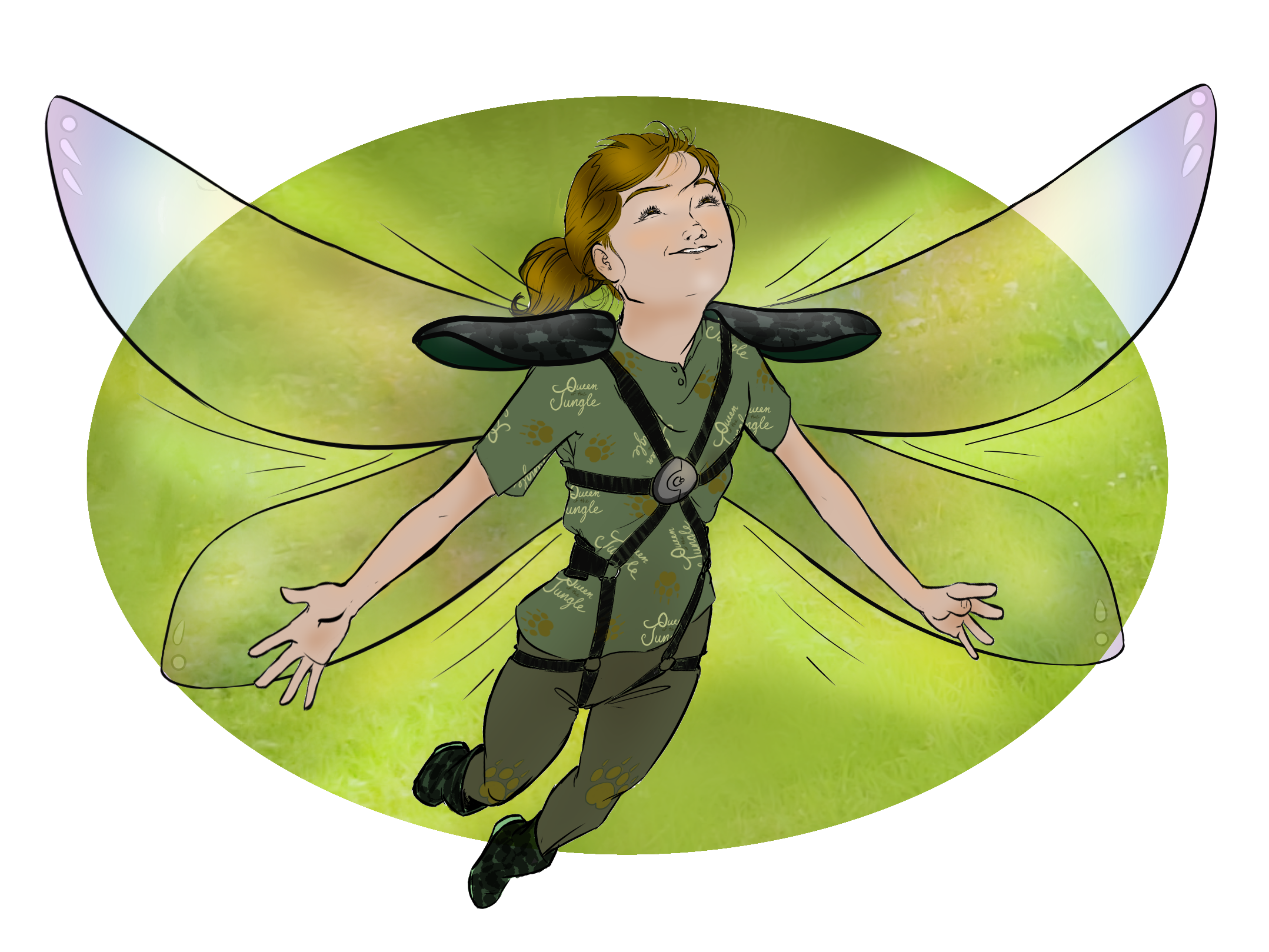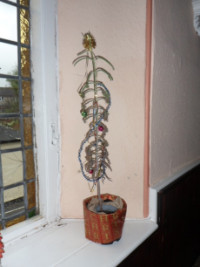Books by Ian Rogers





In the absence of anyone else I volunteered to lead the Christmas Day (2022) service at chapel. We have a small, elderly congregation but some parents and children also come so we have a short, relaxed family service in which the children find the missing baby and put him in the nativity scene crib and they bring and show a present - as do adults but often these are Christmas socks! There are a minimum of formal prayers and a short thought for the day.
As ever this year I prayed and searched for inspiration for two or three weeks before the actual day and eventually settled on the Bryophyllum. This remarkable succulent looks a little bit like a Christmas tree and the children draped it with glittering laminella and a few small baubles. I talked about what is real. Who says what a ‘real’ Christmas tree should be like? Who says what is the true interpretation of the Bible? I mentioned the Bible commentary I was using (Th e Daily Study Bible, Acts of the Apostles by William Barclay).
This learned man is fantastically knowledgeable about the geography of Jesus’ time, the customs and other details. He does however hedge at the miraculous in daily life; not at the birth of Jesus – God with us; nor at salvation nor at Jesus’ resurrection or his ascension into heaven. He does think the feeding of the five thousand happened because when a boy offered his food it prompted everyone else to share their too – so not a miraculous multiplication but a miraculous change of public attitudes. Referring to the account of Peter being chained in prison and an angel releasing him, Barclay says the original Greek word angelos could mean any messenger contacting the guards and not a miraculous spirit.
I pointed out that the soldiers worked for the High Priest who had ordered Peter’s imprisonment and they wouldn’t have accepted a message from anyone else; and that, as was the custom of the time, when a prisoner escaped the guards suffered the prisoner’s penalty. In this case, the Bible says, they were executed. I said, to nods from the congregation, that I couldn’t see any alternative other than the angel’s appearance in this case. “So what” I asked, “about the nativity story? Who saw angels?” I asked and people and children answered. “Who had dreams with messages from God and then acted on them? My dreams are usually nonsense!” and people responded.
“It can all seem a bit too much,” I shared. “Too many angels, too many dreams. Strange wise men and odd gifts.” I brought attention back to the Bryophyllum and invited the children to come out. On the end of it’s leaves the Bryophyllum grows little plantlets complete with roots. When these fall off (and some had fallen into the pot by the main stem) they root themselves and grow into new plants and the children potted up a plantlet each to grow on at home.
“How much of the Bible do we need to believe to be a Christian?” I asked – and answered my own question. “I personally think that the more of the Bible we can accept the better but we may always have some questions. We are like the little plantlets. ‘Anyone who calls on the Lord will be saved’” I quoted, “but if we believe in God and in Jesus, then we will grow up in faith. The early believers were mocked as being ‘little Christs’, which, in first century Greek, is the word ‘Christian’ and believers took it for themselves. “If this Bryophyllum represents Jesus and we believe in him then we are the plantlets that will grow. We are all ‘Little Christs.”
Archive Previous >>